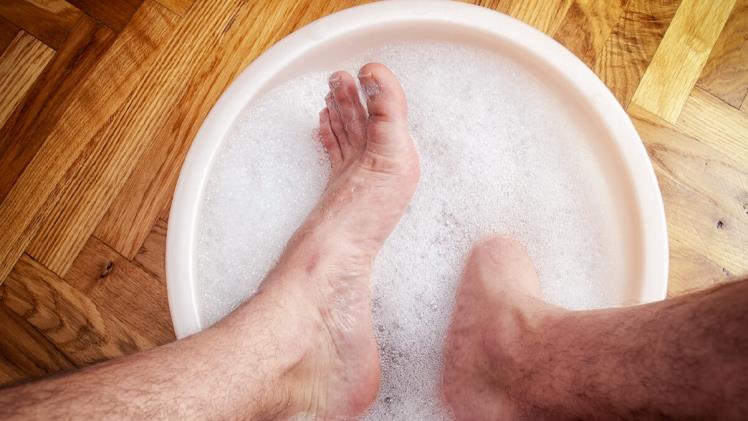Thickened and discolored toenails can possibly be because of fungal infection or bruises. Bruises under toenails can result from nail trauma, blood blisters, skin cancer, or warts. Nail irregularities can also be signs of some underlying medical condition.
Fortunately, there is laser treatment for toenail fungus removal but you need to get familiar with whether it is a false alarm, fungus, or entirely another condition. If you reside near Irvine then you can visit Dr. Sima Soltani’s Podiatry Office. The doctor has more than 20 years of experience in bunion surgery, stem cell therapy, toenail laser treatment, and custom orthotics.
Toenail fungal infection types
- Distal Subungual Onychomycosis – Common type occurring near the tips and underside of the nail. The nail turns yellow, thick, and brittle.
- Endonyx Onychomycosis – The fungus grows between toenail layers. The toenail’s color is milky white and is split or pitted. Nail doesn’t get thickened or separated from cuticles.
- Proximal White Subungual Onychomycosis – It is an uncommon form of fungus mostly seen in people with a vulnerable immune system because of medical conditions. The fungus impacts the nail portion to the base turning it whitish.
- White Superficial Onychomycosis – A rare form of fungus occurring even in healthy people. It infects the toenail’s top layers turning them opaque, soft, and crumbly.
- Candida nail infection – Candida impacts the vaginal region but it thrives on your skin. When skin cracks around your nail candida can enter causing infection and inflammation.
Medical conditions resembling toenail fungus
- Psoriasis
- Skin cancer
- Darier disease
- Yellow nail syndrome
- Alopecia areata
Diagnoses and treatment
Promptly visit the podiatrist, if you see a toenail’s appearance changed. The doctor takes a nail sample for lab testing. If results are positive then a topical or oral antifungal medication is prescribed for fungal treatment. If results are negative the podiatrist will start investigating other causes of toenail appearance abnormalities.
In serious situations, the toenail is surgically removed or acid is used to dissolve it. FDA has approved several laser toenail fungus removal devices for treating patients struggling with onychomycosis.
Nail trimming is recommended but it does not treat the fungus. Topical creams or oral antifungal medications take time at times to handle the fungus. If taken for a long time then oral drugs can damage the liver. Surgically removing the toenail option may cause inconvenience, especially in the regrowth stage.
On the other hand, toenail fungal laser treatment is a suitable option. It handles the infection’s root cause without removing or damaging the nail. The treatment takes a session of 30 to 45 minutes depending on infection severity. Laser therapy needs a medically trained podiatrist, so endure to look for an experienced one.
To maintain healthy and happy toenails
After the toenail fungus laser treatment for removing the toenail fungal infection, ensure to maintain proper hygiene.
- Wash feet and thoroughly dry them before wearing socks and shoes.
- If feet become damp make sure to change socks ASAP.
- Spray shoes with OTC antifungal product.
- Never walk barefoot.
- Wear shoes that fit properly, allowing the feet to take in air.
- Never wear damp shoes or socks.
- Trim toenails straight to protect delicate tissue beneath.
Successful toenail fungal infection removal depends on careful hygiene maintenance!

